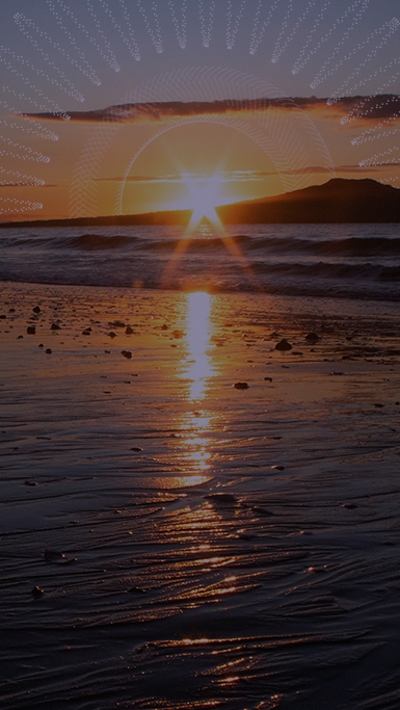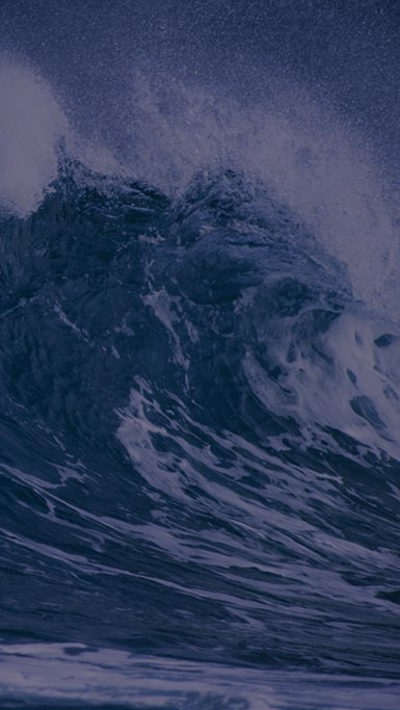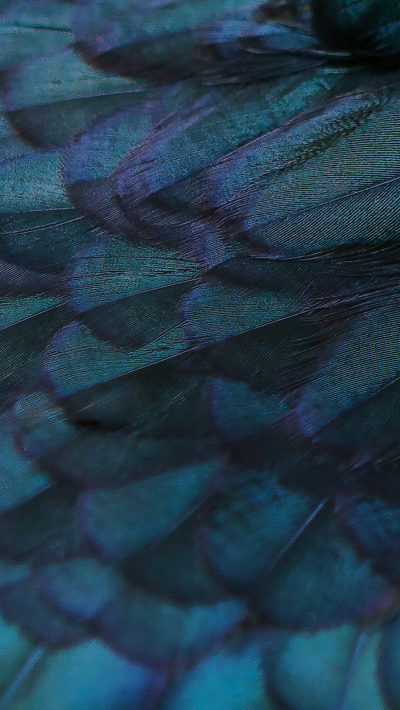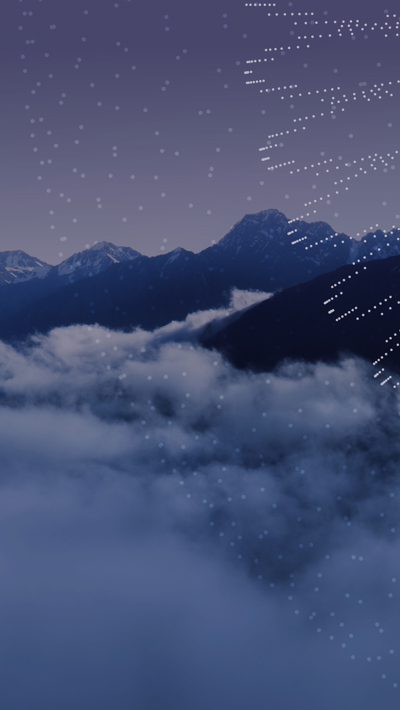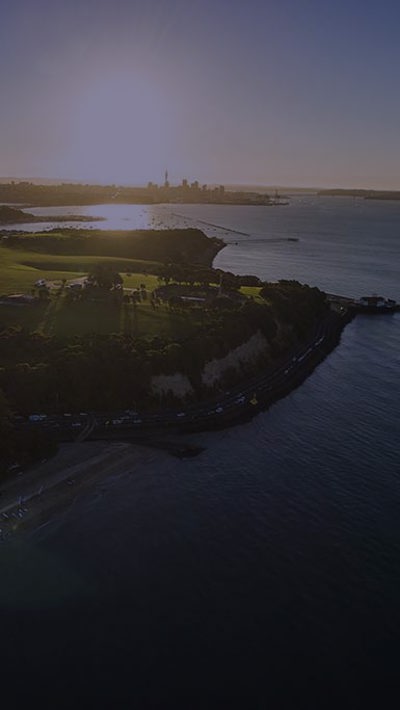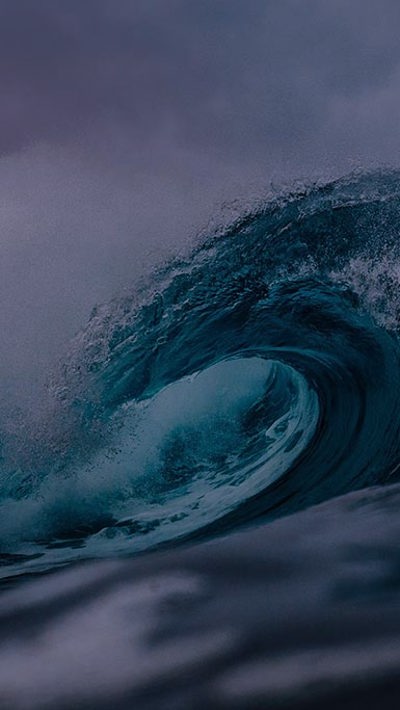Speak to our experts
Contents
Ka ao ake te rā i te ata hāpara, ka tō iho nei i te ahiahi pō, ka tahuri ake ngā whakaaro ki ngā āhuaranga kua hora nei ki mua, me te matapae ake, he aha rā kei tua?
As another Waitangi Day passes, we reflect on what Te Tiriti has meant for Aotearoa, and what it may mean in the future.
Any Tiriti-centred conversation must also consider its precursor, He Whakaputanga o te Rangatiratanga o Nu Tireni (The Declaration of Independence of New Zealand) signed in 1835.
Article 1 of He Whakaputanga asserted “Ko matou ko nga Tino Rangatira o nga iwi o Nu Tireni… ka wakaputa i te Rangatiratanga o to matou wenua”, that the absolute leaders of the iwi of New Zealand declare the authority and leadership of their country.1
Article 2 of Te Tiriti then asserted “ki nga Rangitira ki nga hapu – ki nga tangata katoa o Nu Tireni te tino rangatiratanga o o ratou wenua o ratou kainga me o ratou taonga katoa”, protecting the chiefs, the subtribes and all the people of New Zealand in the unqualified exercise of their chieftainship over their lands, villages and all their treasures.2
In reflecting on Te Tiriti, we ask whether Crown-Māori engagement to date reflects these undertakings of rangatiratanga.
We are all aware of the idea of “partnership” – borne out of the famous Lands judgment by the Court of Appeal in 1987, which stated that the Treaty signified a partnership between Pākehā and Māori requiring each other to act towards the other reasonably and with the utmost good faith.3 The judiciary latched onto and developed this principle in a string of cases in the ensuing decade, with the Waitangi Tribunal similarly following suit. In turn, the principle of partnership has crystallised and become commonplace in New Zealand law and government policy.
But partnership is not rangatiratanga.
Rangatiratanga, in its most fundamental sense, is the power to collectivise and lead others. The term is derived from the words raranga (to bind or join) and tira (a group of people). Practically among iwi and hapū, a rangatira would lead and make decisions on behalf of their people, with the mandate of the collective. The prerogative of a rangatira may well include entering into a partnership with another party, but that would be at the whim of the rangatira, who would at all times maintain a position of leadership and decision-making power.
The primary finding of the Waitangi Tribunal in its 2015 Ngāpuhi Mandate Inquiry Report rested upon the ideal of rangatiratanga – namely, that the Crown had breached its primary Treaty duty to actively protect the rangatiratanga of ngā hapū o Ngāpuhi in deciding how and by whom they would be represented in settlement negotiations.4 Palmer J in a recent decision concerning the proposal to build a power-pole encroaching a marae also drew on rangatiratanga as guaranteed in Te Tiriti in ruling in favour of the presiding hapū, Ngāti Hē.5 However, legal references to rangatiratanga are few.
The partnership-based relationship between the Crown and Māori today is therefore seemingly at odds with the express guarantees within Te Tiriti and He Whakaputanga. Whereas partnership means two parties operating with equal influence, with necessary give and take, rangatiratanga acknowledges the particular authority of one group to act on their own mana (power) and in accordance with their own kawa and tikanga (protocols and normative values).
In reality, iwi and hapū are effectively powerless in the Treaty settlement process, having next to no leverage to negotiate, and are therefore forced to placate the Crown and participate in the political game. Beyond that stage, iwi and hapū in the post-settlement realm are still bound to the structures designed and imposed by the Crown, and may suffer further Tiriti breaches incidental to the Crown’s baseless approach to overlapping claims when negotiating outstanding settlements.6 One might say that the current iwi and hapū experience barely meets the standard of partnership, let alone coming close to the ideal of rangatiratanga.
Regardless, and in spite of the current model, te iwi Māori whānui are living out their own economic models of rangatiratanga, as evidenced through the overwhelming restoration and growth of the Māori Economy, estimated to be worth $68.7b in 2018. This growth continues and goes hand-in-hand with the growth in the Māori population. It is also interesting to note that most of this economic power has been accumulated outside the Treaty settlement context, at a whānau level, and through general Māori businesses, entities and households.7
So, if rangatiratanga is to become central to the Crown-Māori relationship, what role then is left to the Crown to fulfil?
Te Tiriti is still a cession of kāwanatanga (governorship) to the Crown, and that is the role the Crown should continue to play. This may mean providing support and resources to iwi and hapū, to facilitate them living out their self-determined models of rangatiratanga. This may also mean the Crown stepping away and devolving authority to iwi and hapū.
We have and continue to witness Māori efforts to reawaken their own rangatiratanga politically, most recently through calls for independent authorities in the care and welfare of tamariki Māori, Māori health, and Kura Kaupapa Māori. Though progress in these realms is still tentative, the unwavering iwi response to the global pandemic is evidence that Māori-led solutions are what is best for Māori, and what is best for Māori is best for Aotearoa.
A relationship with the Crown based on rangatiratanga Māori is not only a right, but essential to the prosperity of the future of Aotearoa, and all of its peoples. As legal and political actors piece this reality together, we envisage that in the next two centuries the interplay among Māori, Te Tiriti, and the Crown, will see the ideal of rangatiratanga elevated to take its place as the cornerstone of not only the Crown-Māori relationship, but Aotearoa New Zealand society generally.
Uia anō mai te pātai he aha rā kei tua? Māku e kī atu, ko te rangatiratanga Māori, e!
1 Translation adapted from that by Dr Mānuka Hēnare of Ngāpuhi, Te Aupōuri, Te Rarawa and Ngāti Kuri.
2 Translation adapted from that by Sir Ian Hugh Kawharu of Ngāti Whātua, published in Waitangi Revisited: Perspectives on the Treaty of Waitangi, edited by Michael Belgrave, Merata Kawharu and David Williams (Oxford University Press, 1989).
3 New Zealand Maori Council v Attorney-General (Lands case) [1987] NZCA 60; [1987] 1 NZLR 641.
4 Waitangi Tribunal Ngāpuhi Mandate Inquiry Report (WAI 2490, 2015) at 23, 81.
5 Tauranga Environmental Protection Society v Tauranga City Council [2021] NZHC 1201, at [66].
6 See for example Ngāti Whātua Ōrākei Trust v Attorney-General [2018] NZSC 84.
7 See Te Ōhanga Māori, the Māori Economy 2018 report by BERL (January, 2021), at 14, 19, 21-22.












